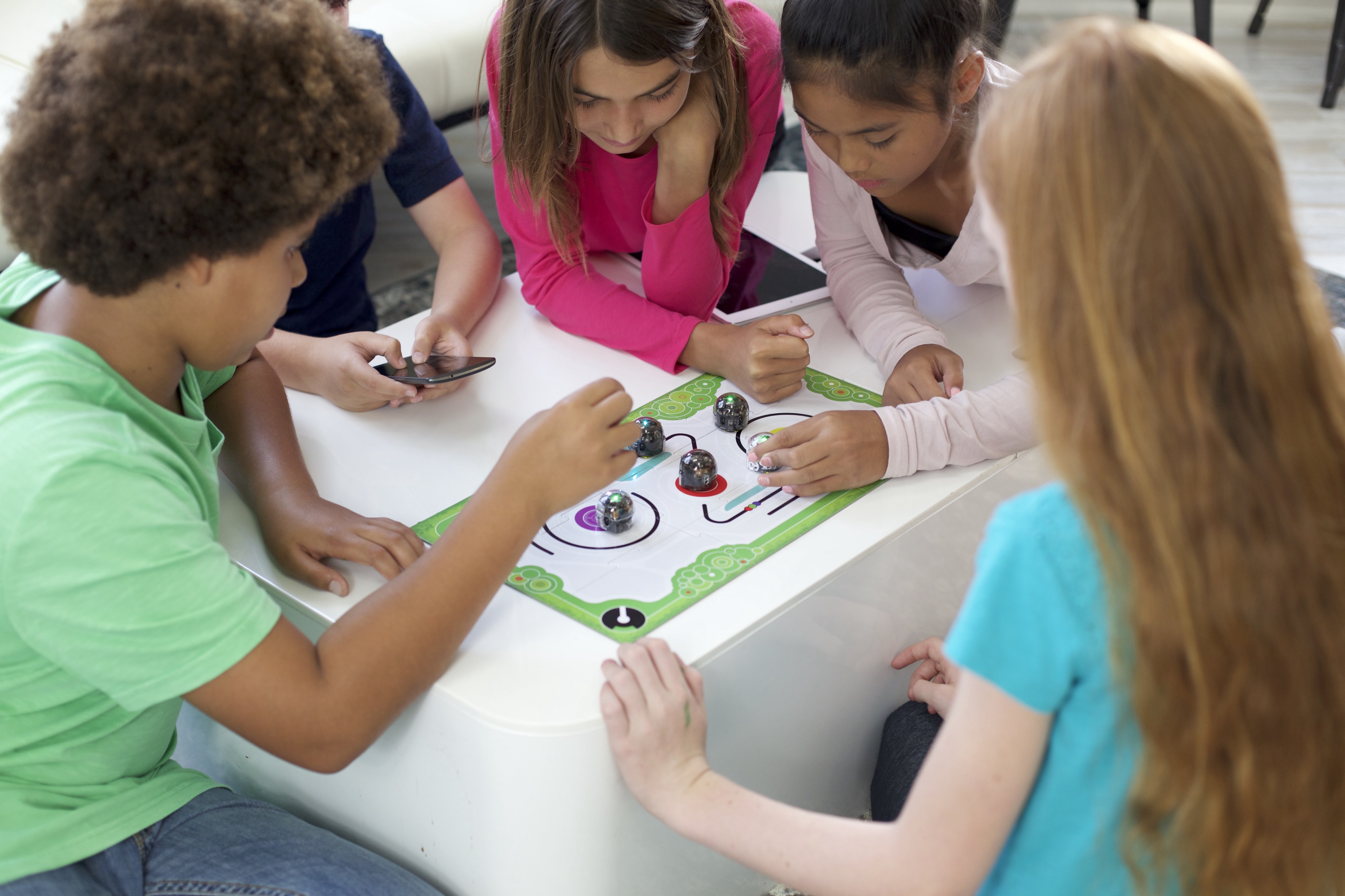There are tons of topics and concepts that school has to introduce to young people, but the ability of critical thinking is easily the most vital among them. Stanford’s Encyclopedia of Philosophy defines it as “careful thinking directed to a goal”.
Critical thinking abilities include discerning wrong info and unreliable sources, connecting various facts, remaining rational and finding what is wrong with the reasoning of others. All of these are incredibly valuable, no matter which teaching strategies you’re employing.

Critical thinking is a priceless skill not only when studying, but also during everyday life activities. Especially in today’s world where news with suspicious sources flood us from almost every direction imaginable.
Follow a Plan
Whatever subject you’re teaching, be it sociology or programming, encouraging your pupils to critically think should be one of your key priorities. Many teaching strategies were invented, to help gain this valuable skill, but the one I particularly like comes from the model created by Duran, Limbach, and Waugh in 2006. It describes what steps to take in order to successfully develop critical thinking skills in your students.
Start by Naming Your Objectives
First you’ll have to ask yourself about your goals. Envision how your students should develop. You can try sitting down for a bit and imagining the desired outcomes. Next start building a list of wanted behaviours. It will probably include things like recognizing fake information, asking questions to understand things better, expressing one’s views, justifying choices and so on.
It’s recommended to focus on abilities related to Higher Order Thinking: synthesis, evaluation, argumentation and so on.
Build Questions and Use Them Effectively
This step focuses on creating and asking questions, and puts what you have previously prepared into practice.
Questions are your best friends when planning how to improve critical thinking skills of your students, but they have to be used wisely. Remember: questions are not pointed sticks, but tools. Instead of building them to check if people are listening, construct questions so that they remember even more. Questions are also great as they make your students interact more both with you and with each other.
The best questions are of course the open ended ones, as they stimulate the most discussion. These are especially valuable when teaching to think critically, as they prove that there is always more than one answer, promote creativity and reflection. Use the yes/no questions only as a necessity, or when the topic really demands them. Same when asking for small details. It’s usually better when your students can connect the facts and make own conclusions, instead of memorizing and recalling hundreds of dates, names and lengthy definitions. They’ll often forget these within few weeks or, in the best case, months.
The way you ask your questions is also important. Make sure they’re engaging, don’t sound like orders, but more like encouragement and are prepared in advance.
There’s Never Enough Practice
Critical thinking has a lot to do with the concept of active learning, where the student becomes the center of the learning process instead of the teacher. By employing as much active learning as you can in your teaching strategies, you ensure that instead of making your pupils memorize data, you actually make them develop a variety of useful skill sets.
Active learning exercises, that work wonderfully for improving critical thinking ability, include “Think, pair, share”, where you divide your class into duos (preferably ones who don’t know each other too well). Next you ask them to figure out answers, discuss them with each other and finally share with the entire class.
“Pro-Con Grids” also work well. Simply present your students with a problem (or an open ended question) and ask to prepare answers for both possible stances. This not only encourages brainstorming and trying new ideas, but makes them reconsider the mindsets they don’t usually have.
Technology Based Learning is another technique belonging to the active learning category. It means employing technologies like educational robots or smartphone applications in your lesson plan. This way students may find additional stimulation and motivation to discuss your suggested topics. They will also approach them from new, unexpected angles.
Assess Yourself…
Final steps of teaching critical thinking involves rating how everyone did – both you, and your class. Start with yourself. Did your students improve thanks to your methods? How were they reacting to them? Do they use newly gained skills effectively?
This data can be collected through 1 on 1 interviews or more anonymous methods like polls. Ask them what they enjoyed the most and the least, which types of activities would they like to see more of, or even what would they do if they were in your role. Remember to make adjustments to courses and lessons that follow.
…and Assess Your Students
Finally it’s time to let everyone know how they did. Considering, how much time you’ve put into teaching them how to think critically, it would be wrong to provide one sided feedback in the form of numerical scores.
Focus on pointing their strong and weak sides. This may take some time, but personalizing each feedback report is without doubt the best practice. Don’t forget to point out what critical thinking skills they managed to gain. This will not only feel satisfying but also encourage these behaviours in the future

Discover more tools to develop Critical Thinking with RobotLAB!
Check our products page and start your robotics lessons with RobotLAB and our learning Platform EngageK12!
RobotLAB products Take me to Engage! K12

This article is original from Photon: https://photonrobot.com/how-to-use-critical-thinking-in-your-classroom/

